What Good is a Carpet Warranty?
Anyone who attempts to make a warranty claim quickly finds out that a warranty is more of a marketing tool than a consumer-protection tool. Many normal-use defects are either excluded from the warranty or it can even void a warranty. Look for the exclusions in your carpet warranty. You’ll likely find your complaint included in the exclusions. Here are some of the carpet problems NOT COVERED in carpet manufacturer Shaw’s warranty brochure:
Common Exclusions:
- Matting and crushing is excluded (high traffic areas, furniture dents).
- Pet feces and vomit are excluded.
- Any urine stain other than pet.
- Odor resulting from the covered pet urine stain is excluded.
- Failure to follow recommended carpet care and cleaning instructions described in this booklet may result in damage to your carpet that will not be covered by your warranty.
The Big Disclaimer:
“PLEASE NOTE: NO CARPET IS ABSOLUTELY STAIN PROOF. While your Shaw carpet is inherently stain resistant, some staining may still occur, especially over time and in high-traffic areas. These carpets will enhance your ability to clean up stains, not prevent stains. Depending on the type of substance causing the stain, removal may require substantial repeated cleanings, and some stains may not be removable.”
(quote from Shaw Floors Carpet Warranty Information brochure)
Still, carpet warranties are valuable. They give you an idea of what you can expect from your carpet, such as what can be cleaned and what cannot be cleaned. And they provide carpet maintenance recommendations (or requirements) which, in addition to satisfying warranty requirements, show you how to preserve the look and performance of your carpet.
Clean Spots and Spills Immediately
Here is what Shaw recommends for attending to spots, spills and stains in your carpet:
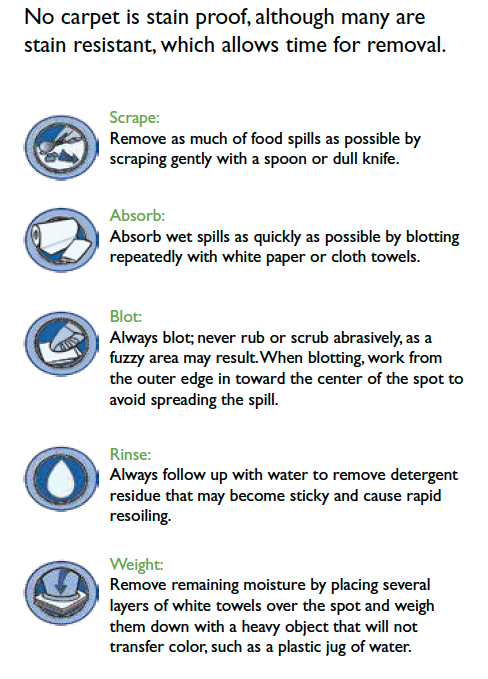 Scrape:
Scrape:
Remove as much of food spills as possible by scraping gently with a spoon or dull knife.- Absorb:
Absorb wet spills as quickly as possible by blotting repeatedly with white paper or cloth towels.
- Blot:
Always blot; never rub or scrub abrasively, as a
fuzzy area may result. When blotting, work from the outer edge in toward the center of the spot to avoid spreading the spill.
- Rinse:
Always follow up with water to remove detergent residue that may become sticky and cause rapid resoiling.
- Weight:
Remove remaining moisture by placing several layers of white towels over the spot and weigh them down with a heavy object that will not transfer color, such as a plastic jug of water.
Note: Our Teri-Towel System employs this process with all of your carpet, not just spots. Our towels blot up the cleaning solution and soil. Our machines provide weight and appropriate agitation to facilitate blotting.
Periodic Professional Carpet Cleaning – every 6-24 Months
Regular dry vacuuming is the most important way to maintain the beauty and performance of your carpet. In addition, it is important to clean up spills, spots and stains immediately. After that, the most important way to maintain your carpet is periodic professional carpet cleaning, at least every 2 years and more often if there are pets, children or high traffic. (In my experience, the blame for dirty carpet usually goes to 1) pets, 2) husbands 🙂 and 3) kids/grand-kids. Husbands – according to their wives – are messy)
Shaw recommends:
“Periodic professional cleaning of the overall carpet is highly recommended. The frequency of overall cleaning may vary depending on the level and type of traffic and the conditions to which your carpet is exposed. This may range from as little as 6 months to 24 months between cleanings. Your carpet should be properly cleaned at least once every 24 months to maintain its appearance and useful life.”
Keep your carpet cleaning receipts. They are necessary to show the manufacturer that you’ve actively maintained your carpet. If you lose your receipt and you use Advanced Dry Carpet Care, don’t worry. I can usually provide you with a copy.
Question: What method of carpet cleaning do carpet manufacturers recommend?
Mohawk and Shaw recommend only hot water extraction (also called “steam cleaning”). Why don’t they recommend Host Dry Extraction carpet cleaning or Advanced Dry’s Teri-Towel System? These systems are not available in most areas of the U.S.
Steam Cleaning (actually “hot water extraction”) is the most common and best known method for cleaning carpet, but this method is not without problems. For example, an inexperienced or careless carpet cleaner can damage your carpet and pad significantly by using too much water or too much detergent (leaving sticky residue) or failing to extract water. Many customers have turned to Advanced Dry Carpet Care after nightmare experiences of spots returning and water remaining in carpet after a day, resulting in mold and mildew, which you can be sure is not covered by the carpet warranty.
Our Teri-Towel System uses hot water extraction. We use only 2-3 gallons in a typical home, rather than the 50-70 gallons used by most hot water extraction cleaners. See Save Water – Time to Try Dry
The irony is “steam cleaning” does not employ the carpet cleaning process that Shaw recommends for cleaning spills, spots and stains. Hot water extraction systems (aka “steam cleaners”) do not blot up soil. They extract with vacuum suction – only after adding tremendous (and unnecessary) amounts of cleaning solution and water. We blot up the soil and solution with our super-thick Teri-Towels and 60 pound oscillating machines. It’s a better clean. Spots do not return. And you can return to your carpeted rooms in 2-3 hours!
Read More:
or, if you prefer…
Find Your Carpet Warranty
To view and print your carpet warranty brochure, click on the following links:
Shaw Industries, Inc.: https://shawfloors.com/documents/shaw%20carpet%20warranty%20brochure/866
Mohawk Industries, Inc.: https://www.mohawkflooring.com/assets/files/Mohawk_Carpet_Warranty_Brochure.pdf
Fabrica Fine Carpets & Rugs: www.fabrica.com/forms/carpetcare.aspx

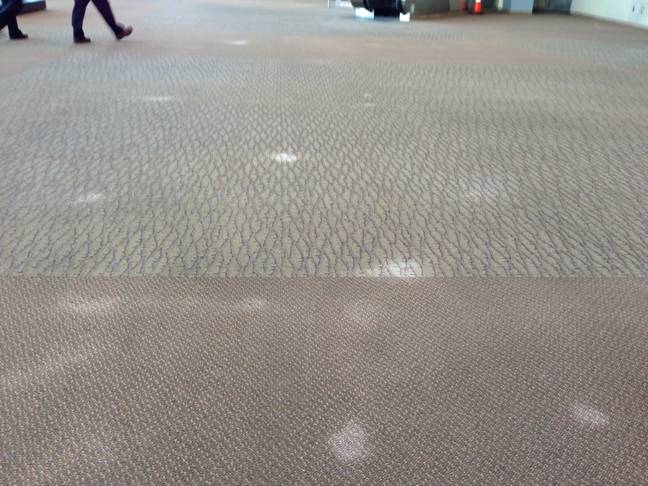
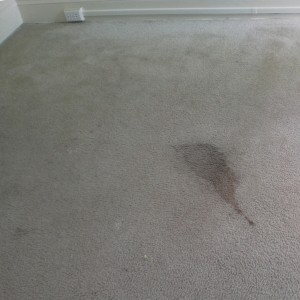 One reason new customers give for trying my carpet cleaning services is the problem of returning spots. The question often goes like this:
One reason new customers give for trying my carpet cleaning services is the problem of returning spots. The question often goes like this: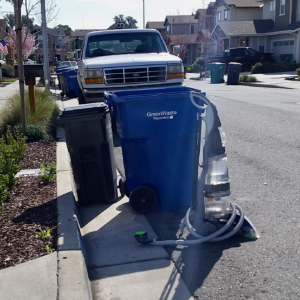
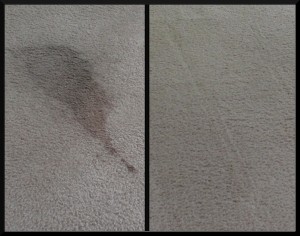

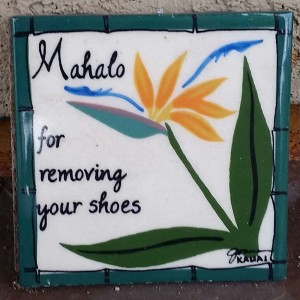 If people did this, I’d be out of business. But, I have to pass this along. A recent post on Clark Howard’s website, “This is why you probably shouldn’t wear shoes in your house” provides convincing reasons for taking your shoes off before going into your house.
If people did this, I’d be out of business. But, I have to pass this along. A recent post on Clark Howard’s website, “This is why you probably shouldn’t wear shoes in your house” provides convincing reasons for taking your shoes off before going into your house.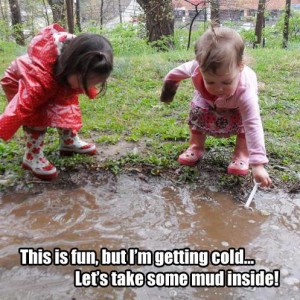
 So, it’s clearly better to take your shoes off before coming into your home. I have a few customers who are committed to the practice. One customer has a shoe rack by the door where the family and guests can remove their shoes and put on house slippers. Sounds great. Hygienic. But, their bulldog gets a pass. In and out, all day, the dog transfers dirt and who knows what else into the house. In fact, most of the homes with the shoes off policy have pets who go in and out without changing or even wiping their paws.
So, it’s clearly better to take your shoes off before coming into your home. I have a few customers who are committed to the practice. One customer has a shoe rack by the door where the family and guests can remove their shoes and put on house slippers. Sounds great. Hygienic. But, their bulldog gets a pass. In and out, all day, the dog transfers dirt and who knows what else into the house. In fact, most of the homes with the shoes off policy have pets who go in and out without changing or even wiping their paws.